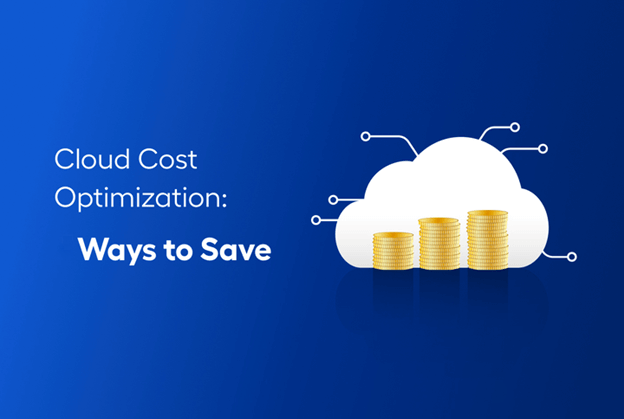Cost-Efficient Cloud Infrastructure Solutions for Growing Businesses

In today’s fast-changing digital climate, implementing flexible and affordable cloud solutions has become mission-critical for forward-looking companies aiming to sustain competitiveness. Cloud-based technologies enable organizations to optimize critical operations, enhance responsiveness to shifting conditions, and strategically manage precious IT resources as corporate scale expands. With growth comes greater demand for industrial-grade yet adaptive infrastructure, underscoring the modern imperative for business systems engineered specifically for change. This comprehensive guide explores practical elements around choosing and integrating the ideal cloud infrastructure to sustainably power enterprise growth now and into the future.
Demystifying Foundation-Level Cloud Functionality
To reap the benefits of affordable cloud platforms, companies must first demystify the fundamental components enabling this transformational capability. Examine the foundational pillars of cloud infrastructure including virtualization techniques, storage mechanisms, and connectivity fabrics that enable flexibility. Demystifying foundation-level cloud functionality involves understanding critical components such as dedicated server hosting, which provides businesses with a robust and reliable infrastructure for hosting applications and managing data, ensuring seamless performance and scalability in the ever-evolving digital landscape. By contrasting public, private, and hybrid cloud models, business leaders can better grasp suited architectures aligned to current and future organizational requirements.
Key Factors When Evaluating Cloud Infrastructure Solutions
Selecting well-matched cloud tools requires thoroughly assessing vendor offerings against central enterprise needs beyond just cost. Critical considerations include data security provisions across access, transmission, and storage layers. Likewise, compliance with internal governance policies and external regulatory statutes remains paramount. Performance metrics around uptime, failover, speed, and baseline throughput must align with business-driving applications and workloads. Explore service-level agreements that contractually guarantee reliability plus data sovereignty and jurisdictional factors that mitigate risk.
The Multifold Business Benefits of Cost-Effective Cloud Capabilities
Cost efficiency ranks high among factors determining which cloud solutions can unlock transformational opportunities without unwieldy overhead. The myriad advantages of budget-friendly infrastructure span reduced upfront capital expenditures on depreciating hardware assets to lower ongoing operational costs. Cloud hosting also optimizes the usage of existing resources while handling fluctuating workloads and traffic spikes. Showcase real-world examples across industries where reasonably-priced cloud adoption supported innovative new business models delivering compelling value.
Notable Cloud Providers Aligned to Cost Considerations
Navigating the extensive landscape of cloud vendors necessitates sharp discernment of solution positioning across the complex technology, cost, and capability spectrums. In this intricate web of choices, businesses must carefully evaluate the positioning of solutions, recognizing the nuanced differences that exist not only in technological offerings but also in pricing models and the diverse capabilities each vendor brings to the table. Do not forget to delve deeper into leading platforms like AWS, Azure, and Google Cloud alongside emerging carriers specializing in particular niches. Comparing pros and cons around onboarding, ongoing management, tooling breadth, service tiers, and pricing models spotlights considerations beyond headline rates. Partners with flexible terms and customizable bundles enable growing businesses to implement the ideal infrastructure foundations.
Proven Approaches for Optimized Cloud Economics:
While cost efficiencies represent an allure of cloud migrations, realizing full financial benefits involves circumnavigating potential pitfalls around unforeseen expenditures or overprovisioning. Overview of common challenges from workload transition complexity to platform lock-in barriers that compromise agility. Mature cloud governance frameworks provide oversight for utilization and cost. Continual optimization of allocated resources and service tiers ensures workloads operate at an efficient price per performance level without starving capacity. Proven best practices around architecting for the cloud, workload rightsizing, tagging, automation and monitoring reinforce optimal economics.
In conclusion, embracing turnkey yet cost-effective cloud infrastructure now represents a pivotal opportunity for enterprises to build adaptive capacity fortifying long-range market leadership. By comprehending the cloud’s possibilities, prudently assessing provider alternatives, and anchoring architectures in scalability, organizations can confidently pursue digital transformation and innovation. While maintaining diligence around adoption risks, following field-tested best practices ensures cloud delivers on its considerable potential to empower enterprises everywhere through flexible, affordable, and future-proof technology foundations.






